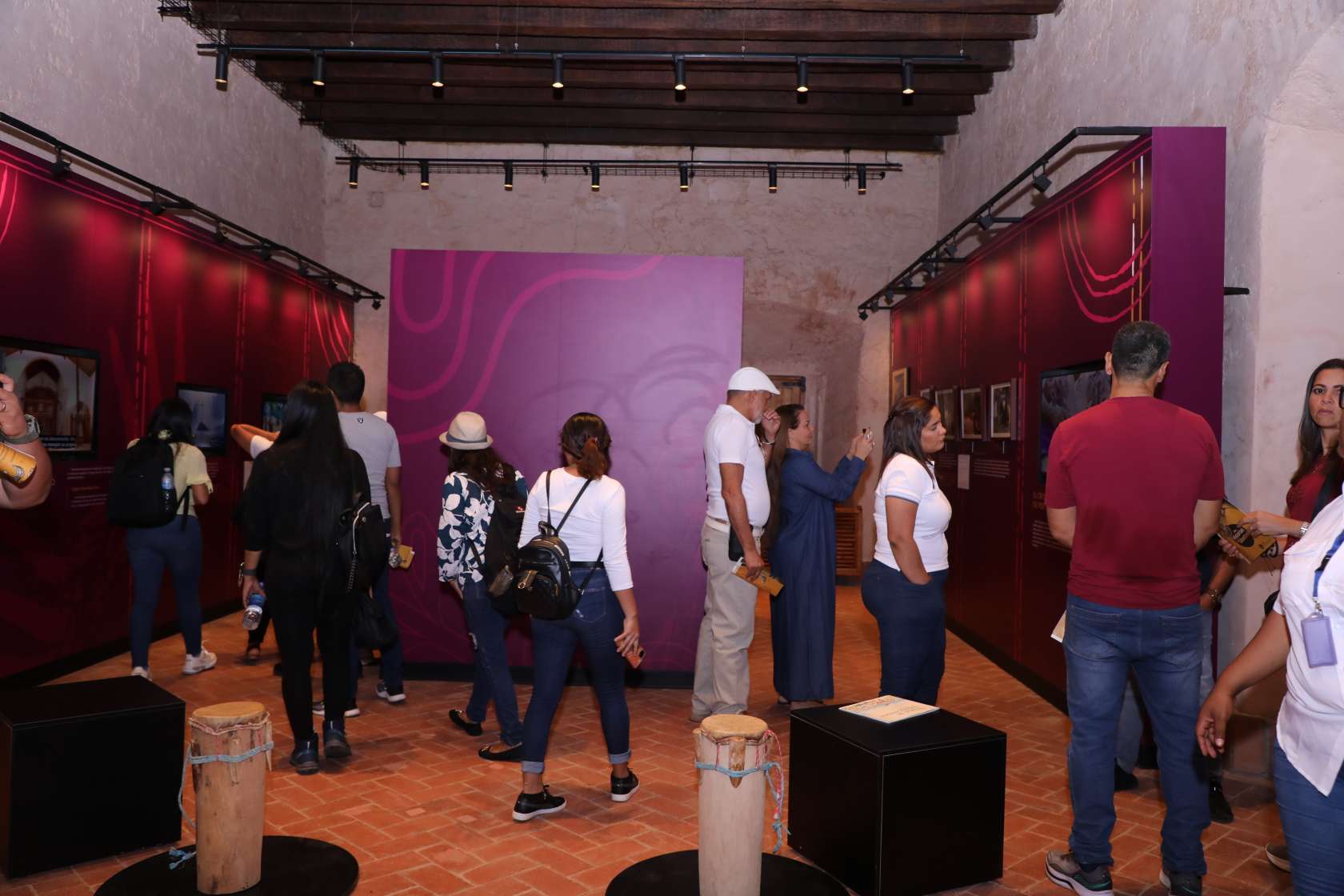Portobelo Bay was discovered by Christopher Columbus on his fourth voyage aboard the Santa Maria, on November 2, 1502. Due to its unmatched beauty, it was named Porto Bello.
The town of Portobelo was founded in this same place, a natural port located in Colon Province and which became one of the most important in America during the Spanish colonial era.
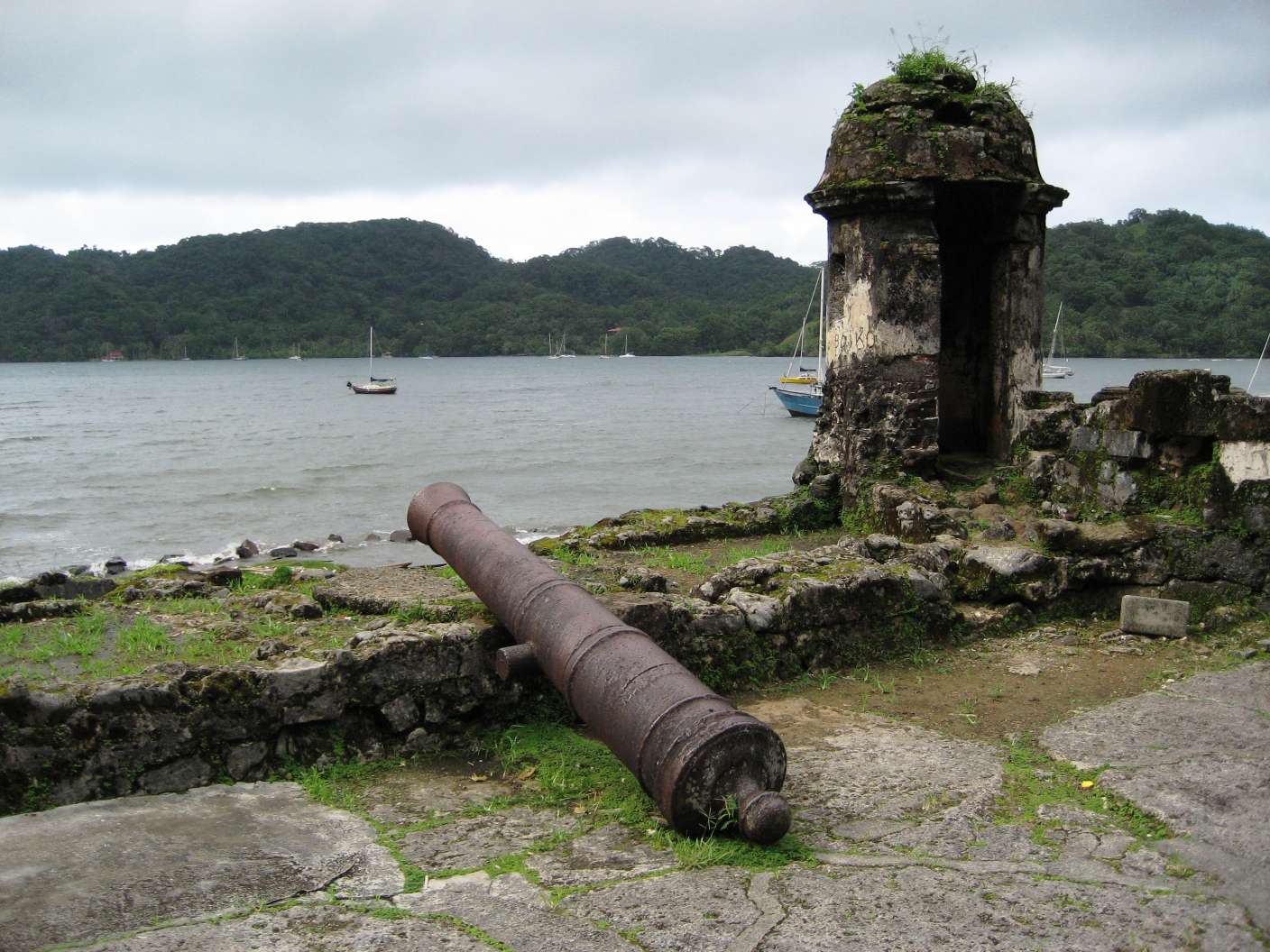
Important Site for Shipping Peruvian Gold to Spain
Famous for its fairs that lasted up to 40 days, the last one was held in 1739. However, between the 16th and 18th centuries, Portobelo was one of the most important silver export ports in New Granada and one of the departure ports of the Indies Fleet.
The gold from South America, especially from Peru, was transported from the Pacific to the Atlantic by mules along Camino de Cruces, continuing along the Chagres River in small boats until reaching the port of Portobelo and from there it was transported to Spain.
Impressive Military Legacy
Portobelo has an impressive military architecture, made up of the San Jeronimo Castle, the Portobelo Customs building, the San Felipe Church, the Santiago de la Gloria Fort, the Santiago Battery, the Tres Cruces Baluarte, the Santiago Fortress, the Trench, the Farnecio Fort, the Colonial House, the San Fernando High Battery, the San Fernando Low Battery, the San Fernando Fort House, the Patio de Mulas, the colonial bridges and the San Felipe Castle. In 1980, UNESCO declared the port and fortifications of Portobelo a World Heritage Site.
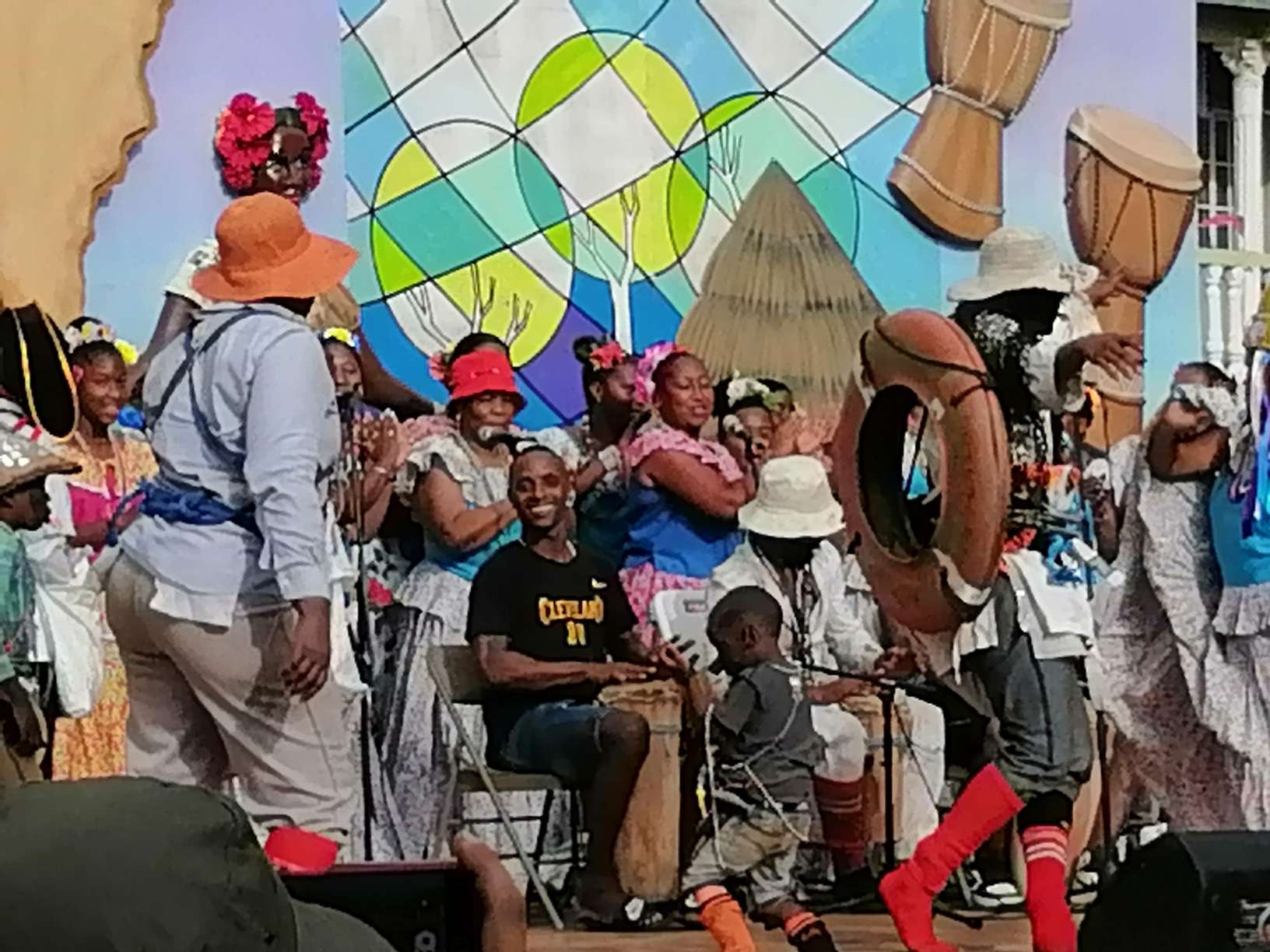
Capital of Congo Culture in Panama
The Congo is a culture that was born from the syncretism of the black slaves who arrived from Africa enslaved by the Spanish. It is characterized by a theatrical and mime type dance, with sensual and strong movements. They wear colorful costumes and masks that represent the beauty of nature. The ritual and festive expressions of the Congo culture were named Intangible Heritage of Humanity by UNESCO in 2018.
Museum of Afro-Panamanian Memory
This site of great importance is located within the infrastructure of the old Customs House, it tells the story of the slaves and the heritage they left behind the Panamanian culture.
Created with the consensus of the citizens of this historic town, this museum does not have pieces as in traditional museums, it has a museographic script with two aspects, in addition to being accessible, interactive and inclusive, as it has a braille system.
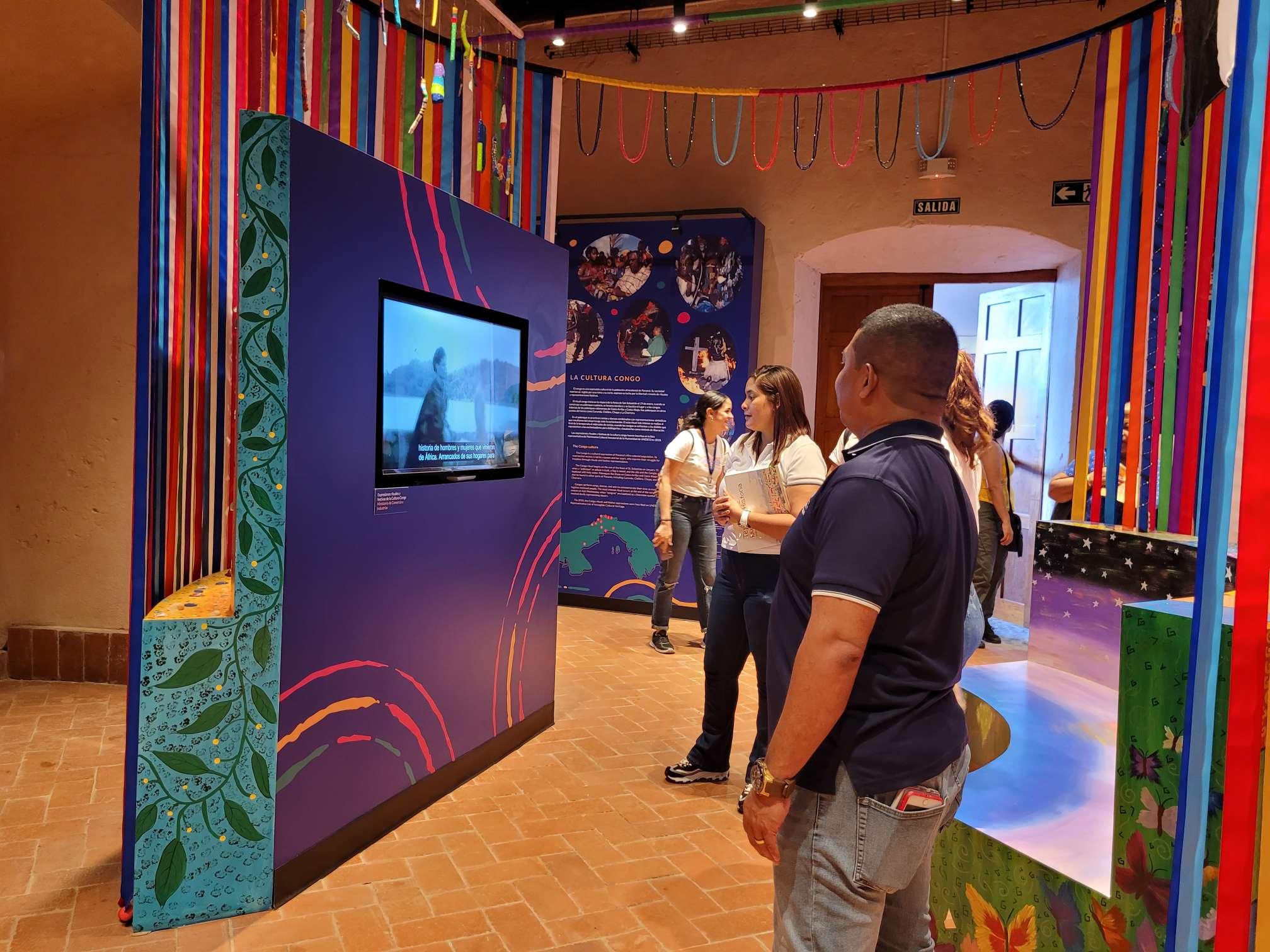
Three Exhibition Areas with History and Cultural Heritage
The museum has three sections, the first deals with the history of the enslaved from the moment they arrived in Portobelo and their development in society, their participation in the economy and the liberation processes that arose.
The second section talks about intangible heritage such as Congo cultural expressions (declared intangible heritage by UNESCO), aspects linked to their rituals and beliefs, as well as the traditions of the Black Christ, and why thousands of parishioners visit it from all over of the world every year. It also deals with the gastronomy and music of Portobelo.
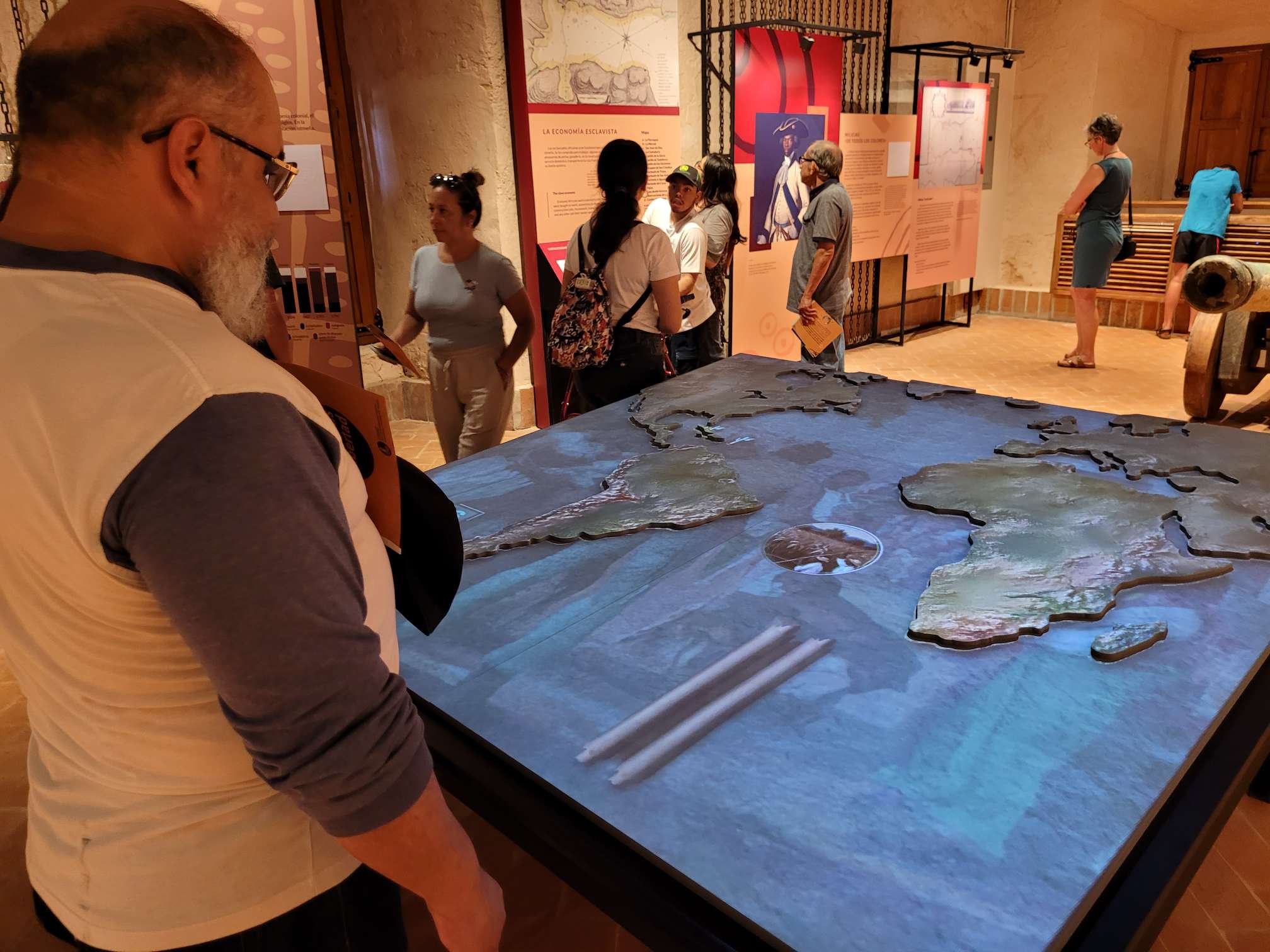
The third section is the exterior room that is made up of available panels that talk about the customs building, the fortifications that are around it, the fairs that gave Portobelo global relevance, especially in commercial terms.
The museum is open from Tuesday to Sunday from 8:00 a.m. to 5:00 p.m. to 4:00 p.m. and free to access.
